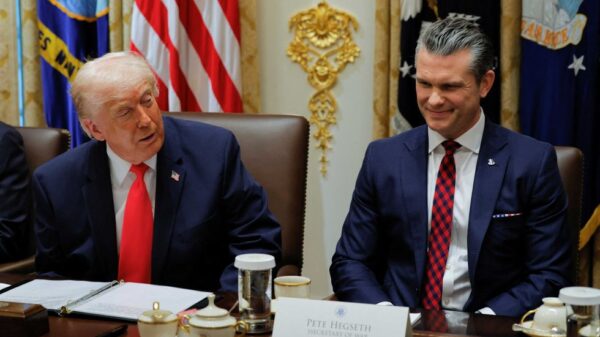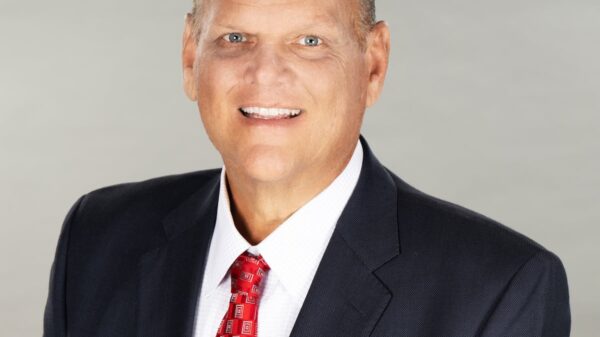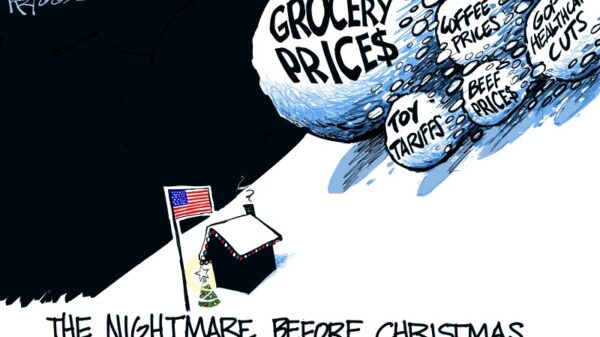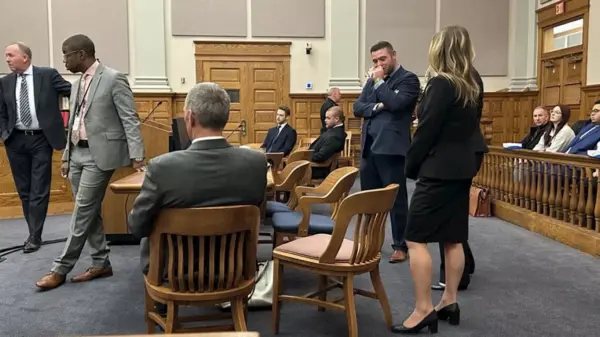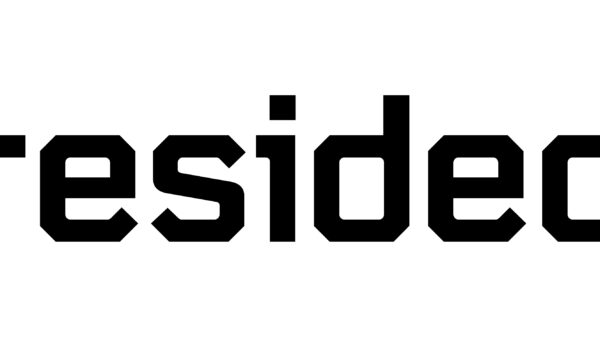Senate Democrats, including Sen. Jacky Rosen, have recently taken steps to shut down the government. Their goal is to compel Republicans to extend expanded tax credits originally enacted to provide financial relief during the COVID-19 pandemic. As the nation emerges from the crisis, Democratic leaders argue that millions of Americans will enter a “death spiral” if these subsidies are not made permanent. Critics question this urgent rhetoric, particularly in light of the fact that Democrats themselves voted to phase out these tax credits by the end of 2025 when they held control of Congress and the White House.
The national debt currently exceeds $38 trillion, prompting concerns over fiscal responsibility. Some argue that adding another $500 billion over a decade for extended subsidies may not be justifiable. The enhanced tax credits, which were introduced alongside relaxed eligibility criteria, have allowed a significant number of individuals well above the poverty line to qualify for taxpayer-funded health care subsidies, depending on their location. According to the Cato Institute, households earning as much as $600,000 may be eligible for these subsidies in certain areas.
The introduction of these tax credits has led to a substantial increase in enrollment in health care plans. Since their implementation, participation in Obamacare has surged, with the number of enrollees rising from 12.1 million to over 24.3 million. This surge has been particularly notable among seniors who retire early and lose employer-sponsored coverage before becoming eligible for Medicare.
While the expiration of the expanded subsidies would likely result in modest increases in premium costs for those most in need, the financial burden remains relatively low. Cato’s analysis indicates that if these subsidies are discontinued, an average enrollee at 150 percent of the poverty line would still only be expected to pay less than $15 per week for a subsidized plan, which accounts for approximately 8 percent of the total cost, with the remainder covered by taxpayers.
Recent announcements from the Centers for Medicare and Medicaid Services (CMS) indicate that about 60 percent of enrollees could still access plans costing $50 a month or less when considering the original Obamacare subsidies. As reported by Politico, the CMS emphasized that the majority of enrollees will continue to receive financial assistance even if the enhanced COVID-19 era subsidies are eliminated.
While it is acknowledged that deductibles may rise for many participants, particularly among those with higher incomes, individuals at the poverty line can still qualify for “zero premium” coverage. They can access a silver plan with an average deductible of only $87, according to Politico. The ongoing debate surrounding these tax credits reflects broader concerns about health care affordability and access in a post-pandemic landscape, making this an essential issue for lawmakers and citizens alike.


